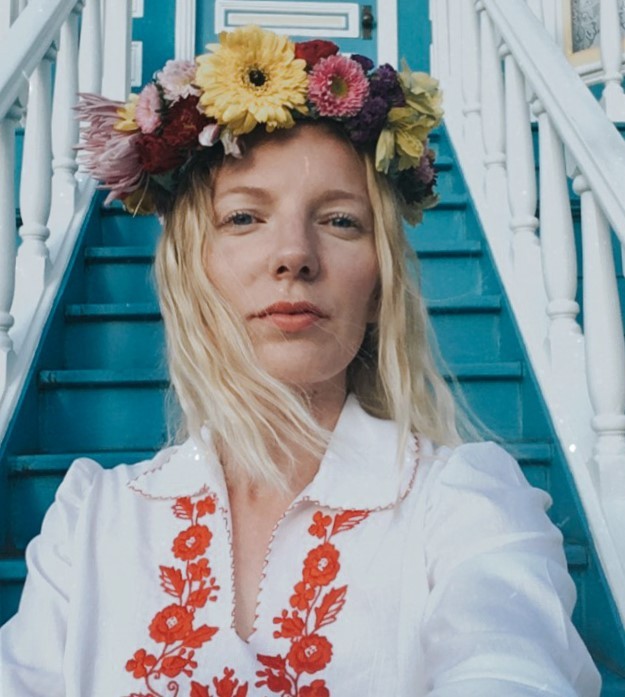We caught up with the brilliant and insightful Beata a few weeks ago and have shared our conversation below.
Beata, appreciate you joining us today. How did you learn to do what you do? Knowing what you know now, what could you have done to speed up your learning process? What skills do you think were most essential? What obstacles stood in the way of learning more?
I have been always passionate about photography and I have carried a camera with me since I was 18. It was just a fun way to capture my friends and street life in Poland where I grew up. When I moved to San Francisco I immediately got fascinated by the city and started capturing city views and Victorian houses. After a while, I opened an Instagram account and I think the breaking point was when I downloaded Lightroom to edit my photos. It was a real game changer because I finally understood how all those famous photographers get such great consistency and mood in their photos. I watched a lot of YouTube videos on editing and I remember purchasing a lot of different presets. It didn’t always work but I started getting an idea of what kind of mood and color pallet I wanted to express more in my photography. Of course, as I am looking now at my old photos I can see how bad my editing was back then. I think it takes some time to establish your sensibility and esthetics. My old photos are very harsh, with strong highlights and contrast. With time I softened everything a little bit and focused on giving my photos a nostalgic, dreamy effect but still keeping them natural. When you look at a photo, you shouldn’t see the edit but a great composition and colors. I think the most essential skill is to be able to turn off your brain and open your eyes. Photography as the name indicates is writing with light. Being able to notice light opportunities and use them is the most important skill. It can either come to us naturally or we can train ourselves in it. You can do it by studying other photographers’ work and analyzing how they used light and composition. Try to recreate what they have done and treat it as a beginning step in developing your style.
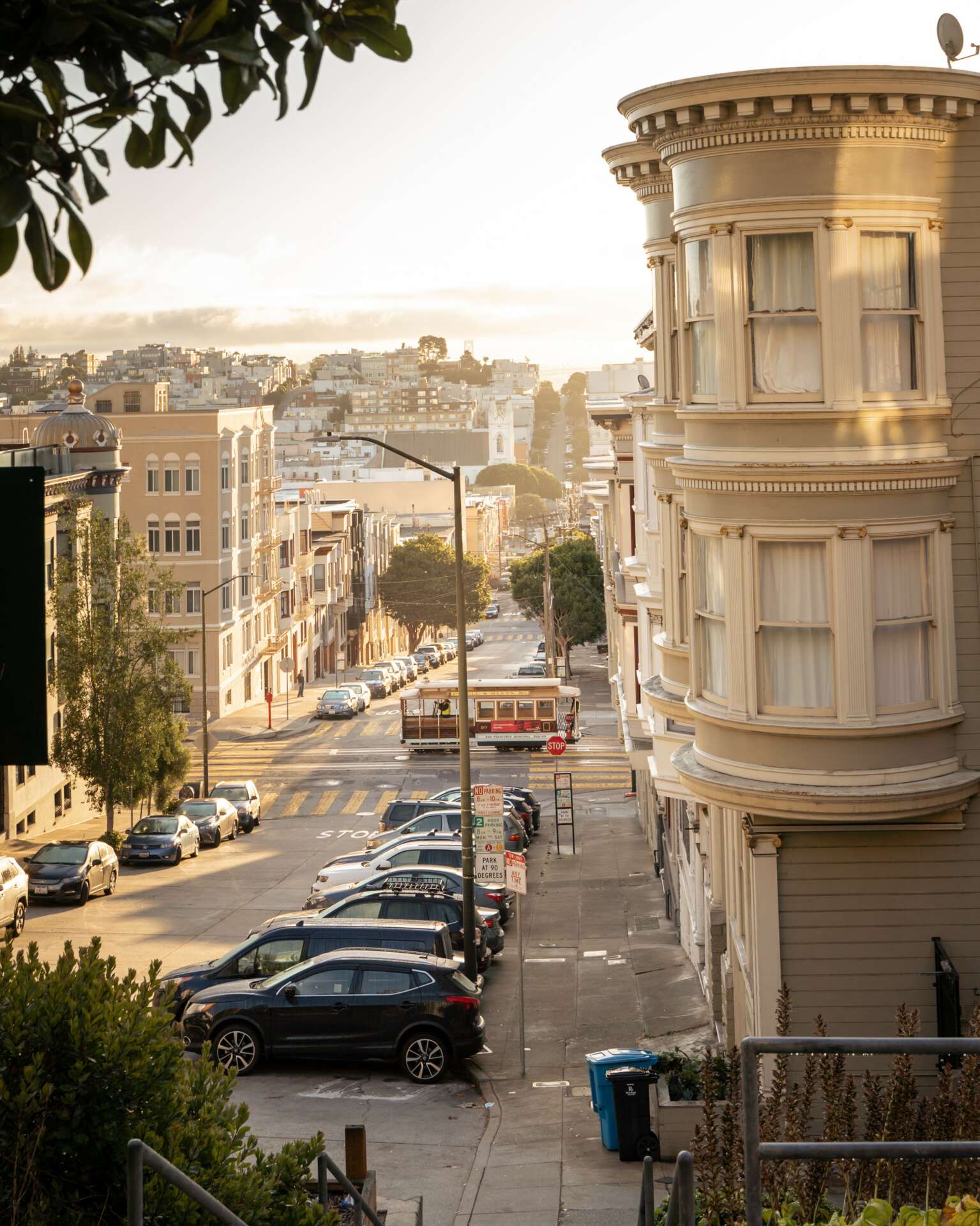
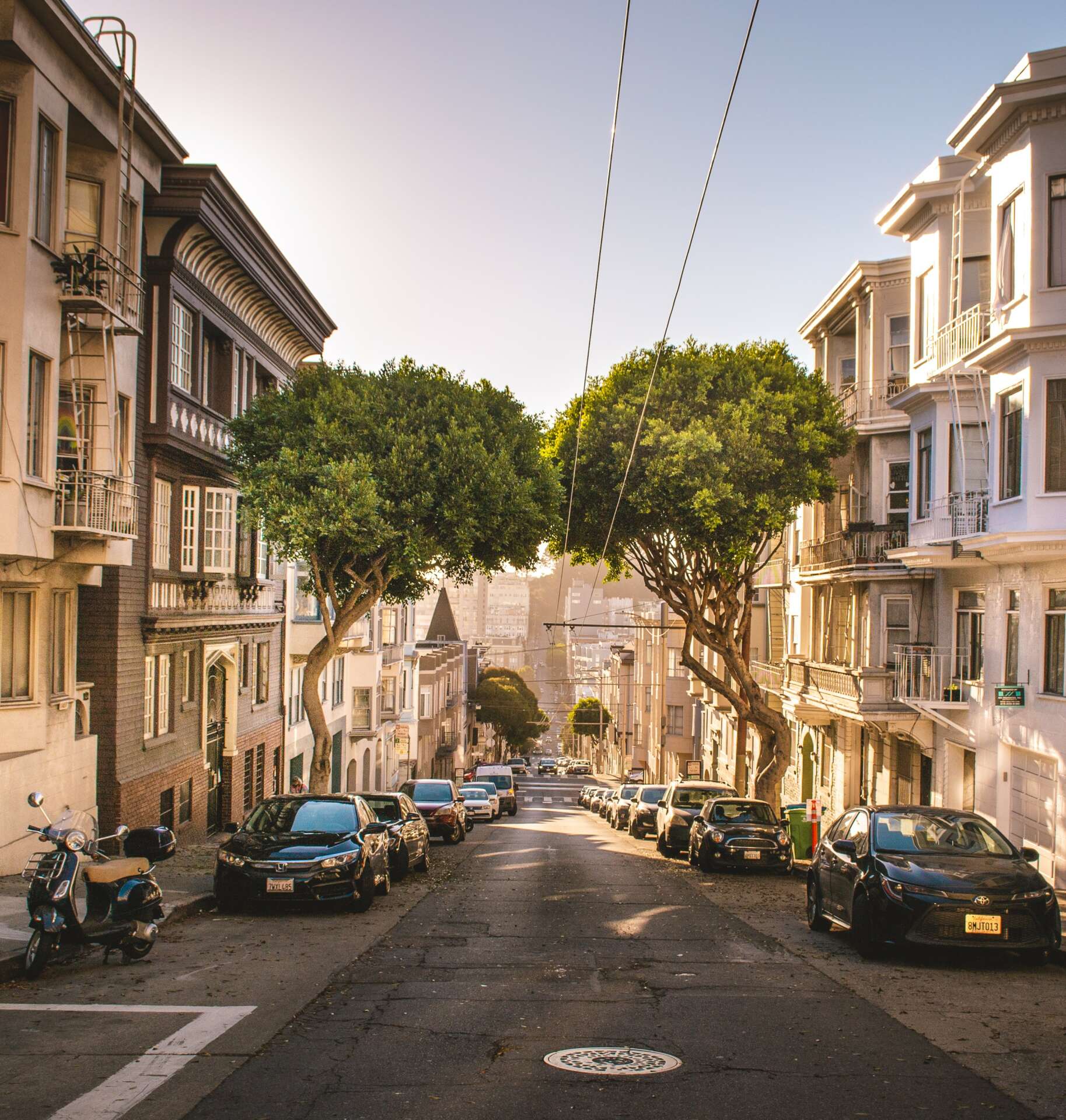
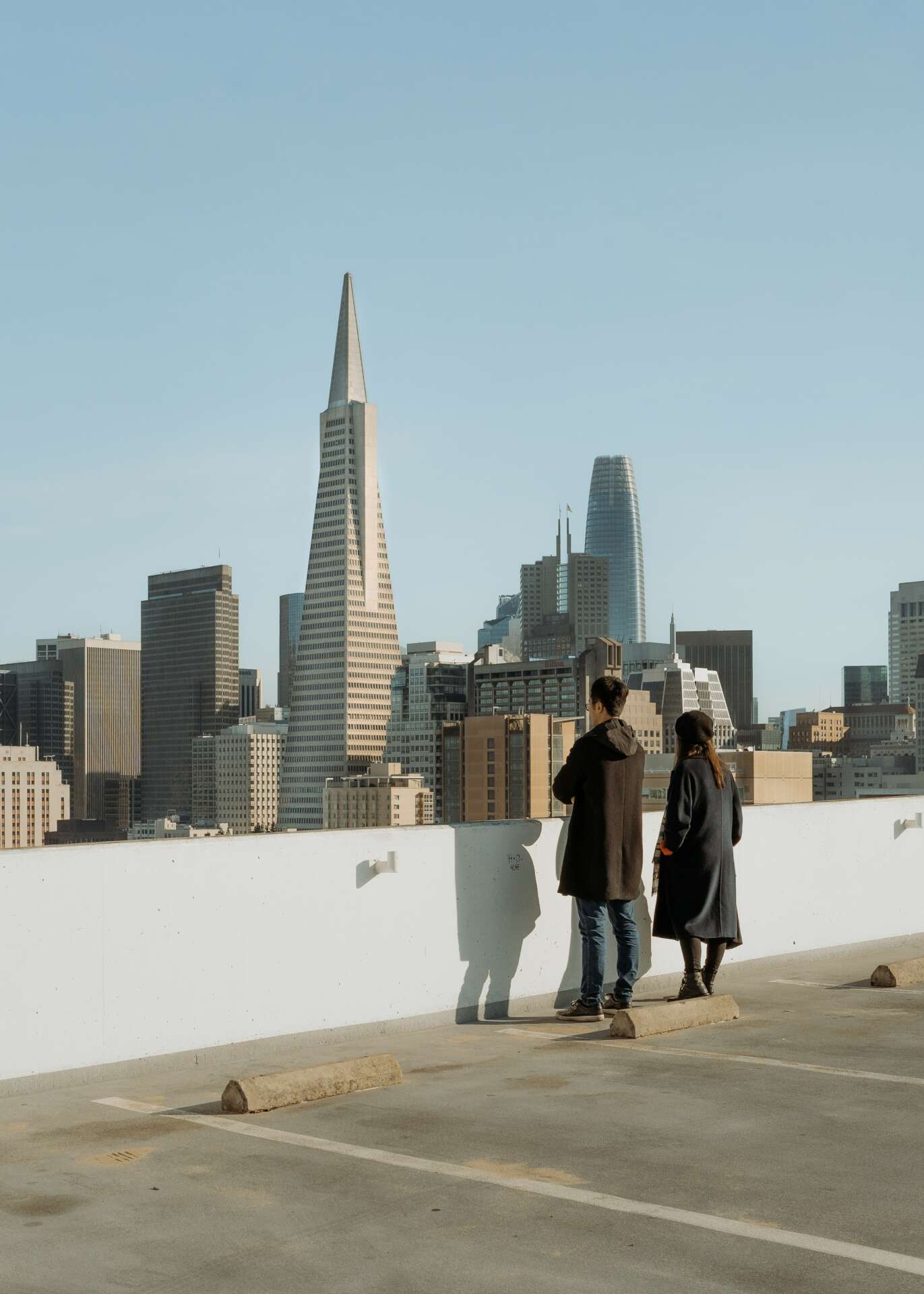
Beata, before we move on to more of these sorts of questions, can you take some time to bring our readers up to speed on you and what you do?
I am not a professional photographer by education but by passion. Learning photography is an ongoing process and my style changes with time as I get more aware of what I want to communicate through my photos. I initially photographed only static objects in San Francisco, like Victorian houses and landscapes. But that with time got a little bit boring for me and repetitive. I needed a challenge. I also didn’t want to just take nice pictures that everyone can take, but I wanted to take good pictures, capture moments that happen only once and no one ever will be able to repeat the same photo. The main topic of my photography is still San Francisco and it serves as my background. I was hoping that when people look at my photos they would immediately recognize what place it was shot in. That’s why it’s so important for me to have something iconic only for San Francisco in my photos. It can be a landmark like the Transamerica Pyramid, Golden Gate Bridge, or something very small like a parking meter or a house on a hill. My mission is to show the beauty and diversity of San Francisco and its people. Very recently I have started doing street photography. Doing so gives me a good dose of adrenaline and keeps me challenging my fears. It is not easy to point your camera at a stranger on a street. It takes time to get used to it and I have only had very few situations when people have a problem with it. After about one year of street photography, I have a big collection of portraits of strangers. I also started shooting in film. Mostly black and white which I love. It brings a different level of adrenaline because you only have one shot and that’s it. To give me the confidence I watch YouTube videos about street photography which are very inspirational and help me to reduce the anxiety related to it. There are two ways that I go about my street photography. Sometimes, I leave the house and shoot whatever gets my attention, it can be a bunch of wires bundled together and light hits it interestingly or it could be an interesting person on a street. But as I grow more as a photographer, I try to go out with some kind of project in my head. By doing so I can focus only on one thing that I want to improve and not get distracted by all other photo opportunities. Let’s say that I focus on composition and geometry. I will be then on the lookout for some interesting lines, and geometric shapes done by light or buildings. Another topic could be “loneliness” and I will be looking for things and people that seem to be left alone. Recently, I have tried photographing strangers in the same photos. I treat my photos as a place where I put those strangers together and they are not even aware of it. San Francisco is then my playground where I put different pieces together.
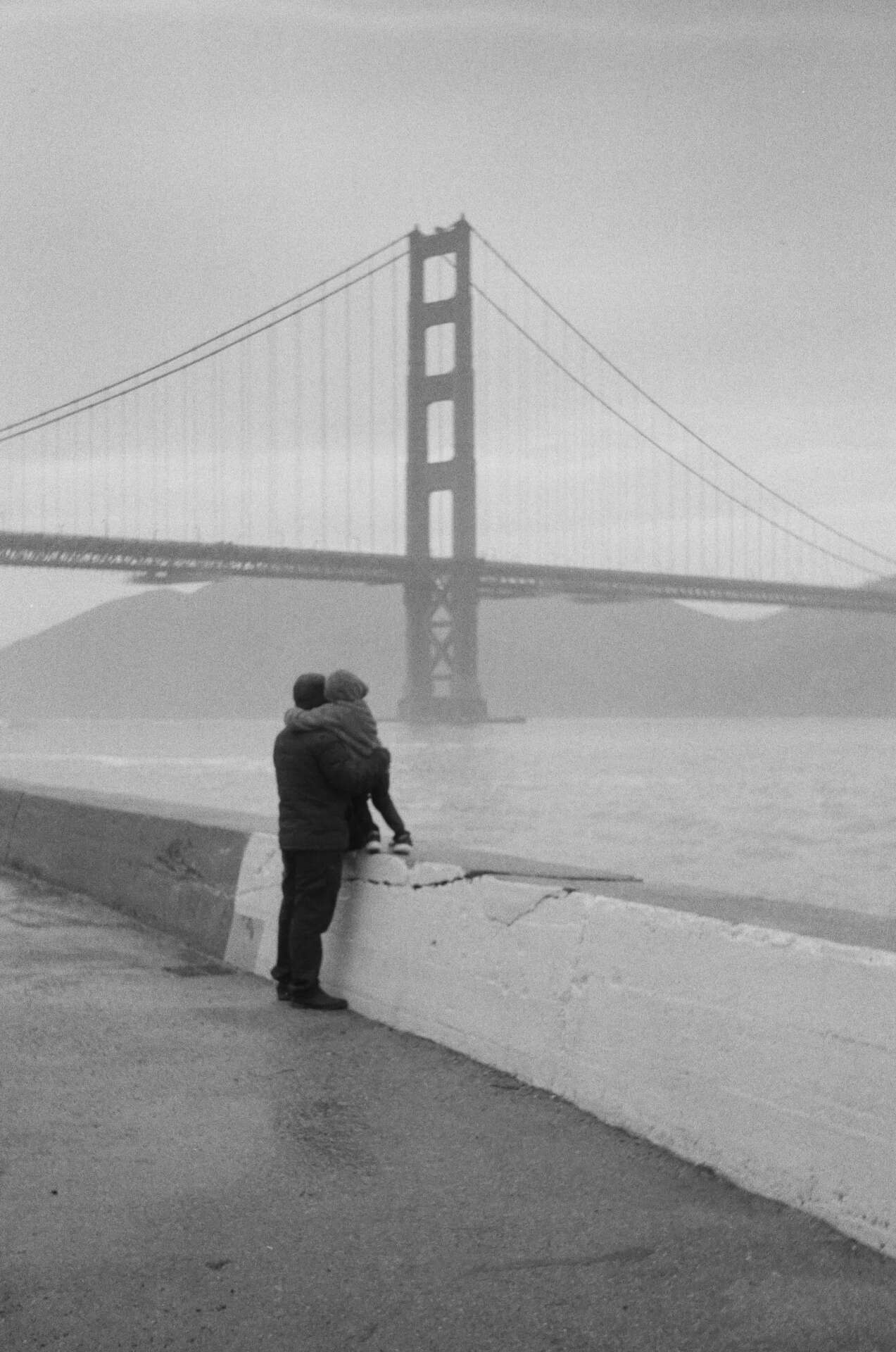
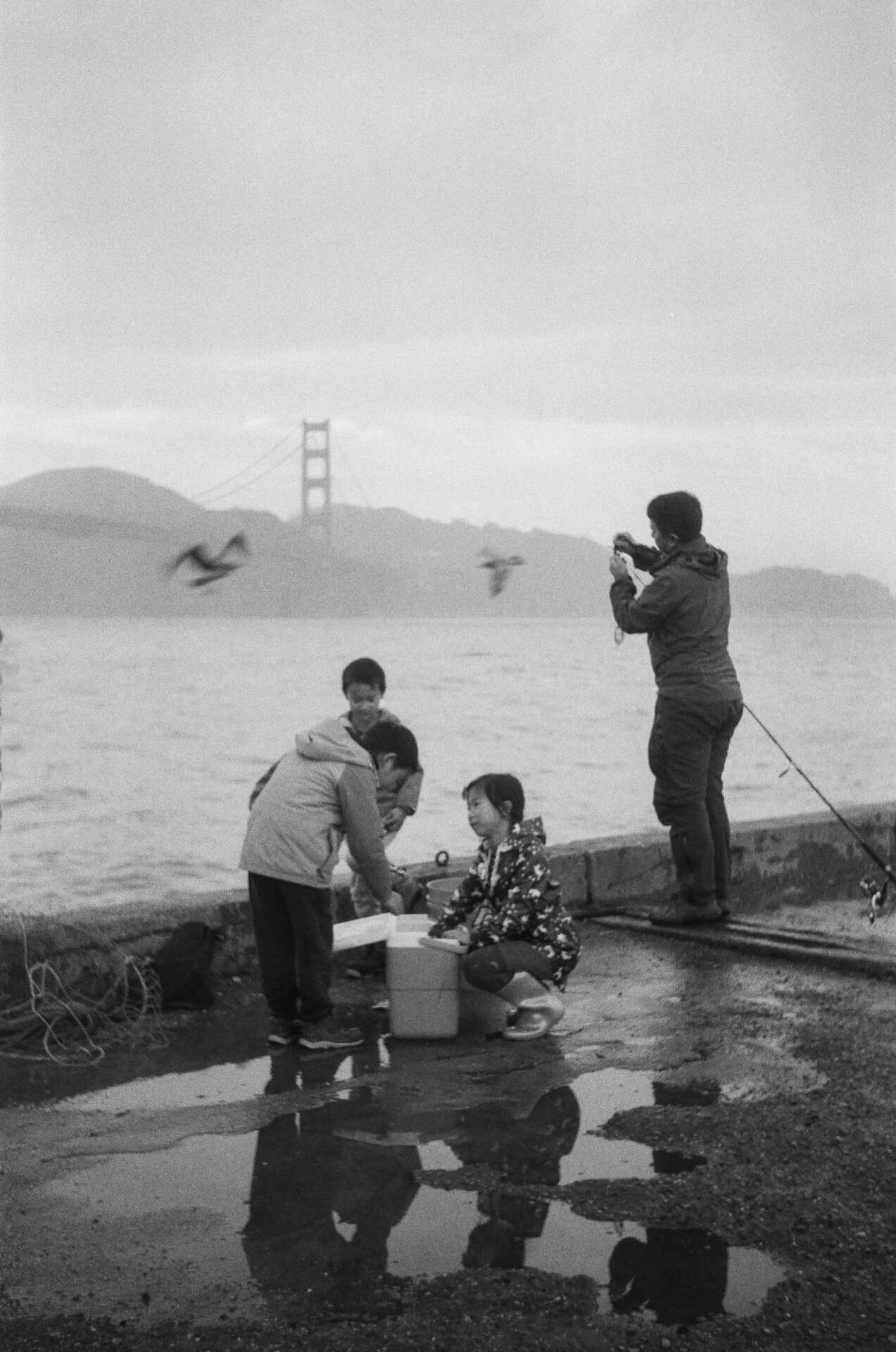
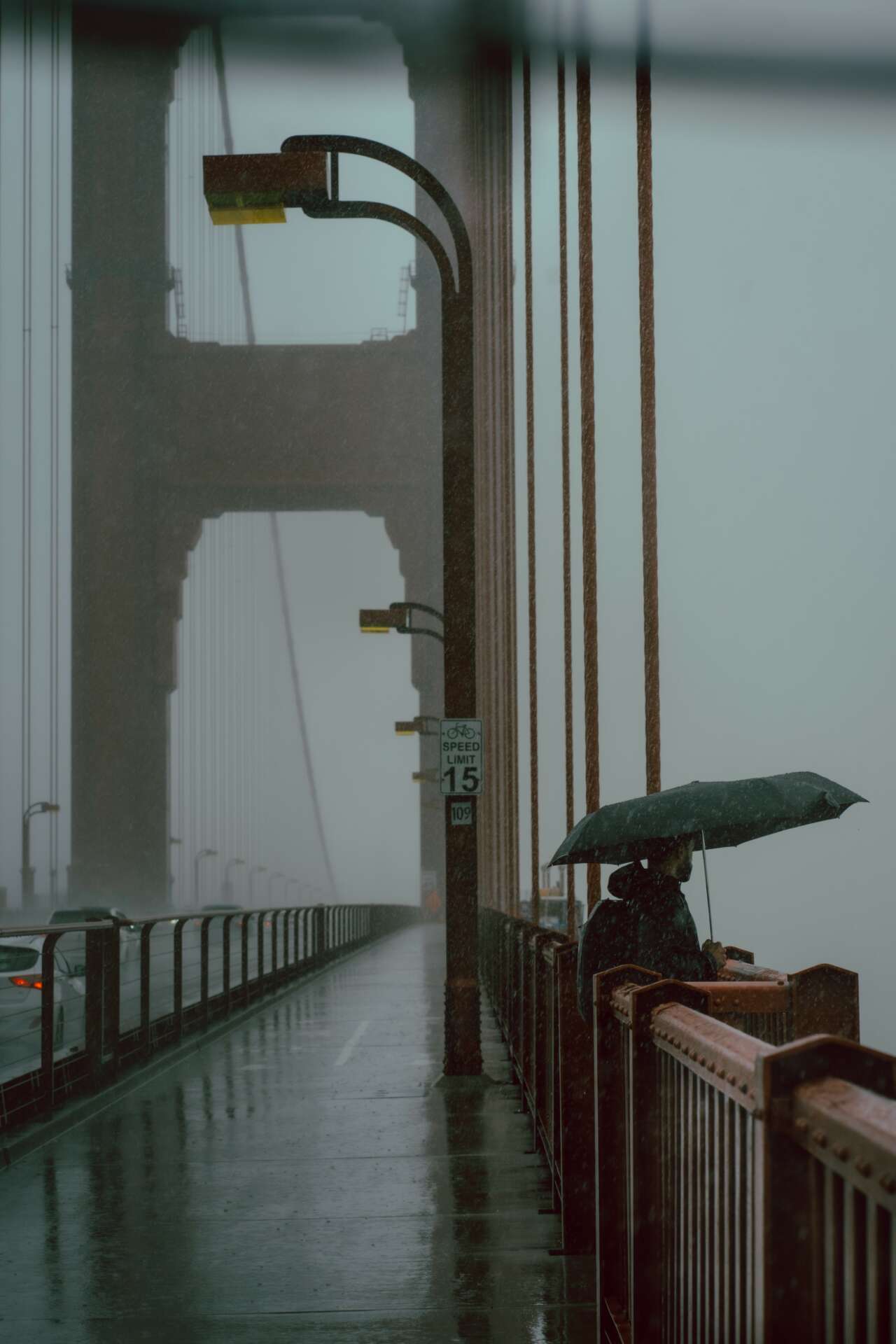
How did you build your audience on social media?
Social media is so oversaturated with content now that I became very selective of what I watch. I try to give something to my followers and not waste their time by showing them things that are just not worth the attention of thousands of people. I set up a goal at the beginning of my journey with Instagram and it still is to be informative. I do so mostly through my stories where I share what I know about San Francisco. You need to know your audience and provide them with the type of information that would be helpful for them. The majority of my followers are people from the Bay Area who know the city at some level. That’s why at some point I shifted more towards more local information for people from the bay rather for an international audience. If I started showing only places and information about San Francisco that are very well-known by local people, I would have to change my target audience. So I juggle the popular places in the city with information that San Francisco geeks like me would know. For example, if talk about a very popular view from Twin Peaks, I am also going to add what kind of rocks Twin Peaks is composed of. I think knowledge is my power and besides photography, that’s the other reason why people follow me. So put your strength and passion into what and how you show your content. People appreciate when they can not only be entertained but also learn from you. It all also comes to your mission which is essential to keep you on the right track. As I mentioned before, my mission is to show the beauty and diversity of San Francisco and its people. So I try to make my content inclusive. Most places that I show are free and accessible to everyone. It’s important for me that people from all socioeconomic backgrounds could enjoy the city as I show it. All you need to explore the city is time and some good shoes for walking up those hills! I don’t want anyone to feel FOMO when watching my content but rather to think “I am going to check it out tomorrow too!”. So, it all comes from how true you are to yourself and what you can give to the community. Think about your strengths and what exactly you can give to people so they spend their precious time watching you do. Set long-term goals, where you want to be and what type of content is important for you. Recently, I have stopped doing reels on Instagram (even of their greater reach) because my goal is not really to grow in the number of followers but rather to get better in photography and be appreciated for it. I don’t do advertising on my page so the number of followers is irrelevant to me. Make sure to take care of the followers that you already have. Not the number, but the quality of the followers counts. Also, don’t let other people dictate what it’s good for you or question your choices. Some people are very competitive and they might try to put you off of your track. Remember that it’s your account and it’s an expression of you, don’t let anyone put labels on you or limit your choices.
Have any books or other resources had a big impact on you?
One of my greatest discoveries was an YouTube channel of Sean Tucker. Sean’s videos are not that much about technical aspects of photography (which he does too) but more about philosophy behind photography. He breaks down the motives of a photography journey. If I have a moment of doubt I play his videos over and over to remind myself why I got passionate about photography in the first place. The second channel is by Frederik Trovatten, a Danish photographer who started his channel by doing street photography in Mexico. He records himself while shooting and provides comments for each composition. I love his series about “Shoot like….” where he tried to imitate famous photographers’ style. I am a huge fan of Vivian Maier photography. The book “Vivian Maier Developed” and the documentary “Finding Vivian Maier” is a must for every street photographer.
Contact Info:
- Website: https://www.sfbeforesunset.com/
- Instagram: @sf.beforesunset
- Twitter: @sfbeforesusnet
- Youtube: @sf.beforesunset
Image Credits
@sf.beforesunset


